What is the full form of SDGSDG: Sustainable Development GoalsSDG stands for sustainable development goals. These are also called global goals. The UN general assembly defines 17 sustainable development goals. The main objective of developing these goals is to propose a standard outline of peace and prosperity for people around the planet for now and for the future. 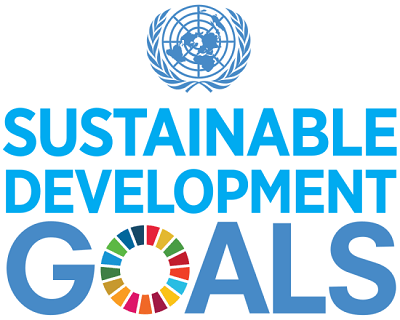
SDGs came into place by the UN general assembly in 2015, and they have targeted to achieve the goals by 2030. SDGs came into place after replacing Millenium development goals, whose existence ended in 2015. By placing sustainability at its core, the SDGs highlight how the environmental, social, and economic facets of sustainable development are interrelated. The 17 development goals are as follows: Goal 1 - No Poverty Goal 2 - Zero Hunger Goal 3 - Good Health and Well-Being Goal 4 - Quality Education Goal 5 - Gender Equality Goal 6 - Access to Affordable and Clean Energy Goal 7 - Decent Work and Economic Growth Goal 8 - Industry, Innovation and Infrastructure Goal 9 - Clean Water and Sanitization Goal 10 - Reduced Inequality Goal 11 - Sustainable Cities and Communities Goal 12 - Responsible Consumption and Production Goal 13 - Climate Action Goal 14 - Life Below Water Goal 15 - Life on Land Goal 16 - Peace, Justice, and Strong Institutions Goal 17 - Partnerships for the Goals Although the goals were introduced in 2015, they actually came into effect and were made more "actionable" by the UN only after two years, that is, six July 2017. Indicators being utilized to track progress toward each aim are also identified in the resolution, along with precise targets for each goal. The deadline for achieving the goal is typically between 2020 and 2030. No end date is specified for some of the goals. 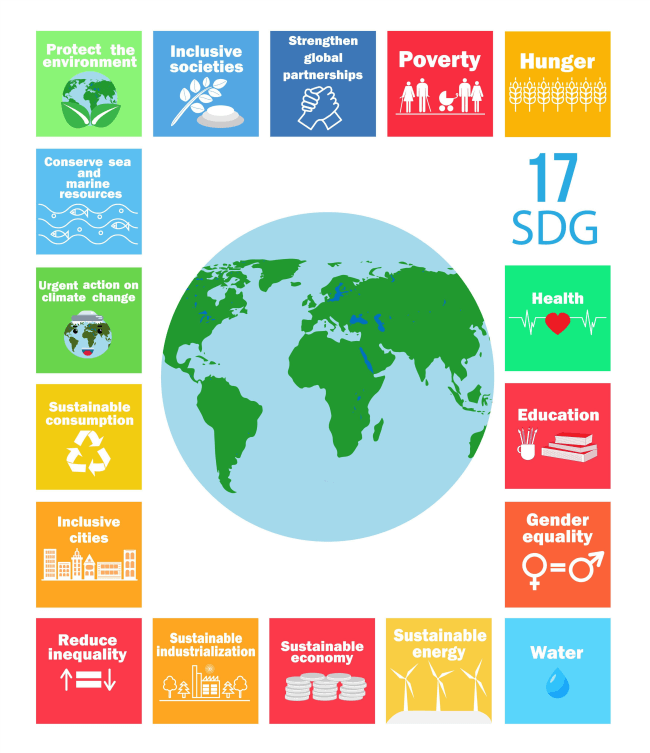
There are commonalities and connections between the various objectives. Education, culture, gender equality, and health are examples of crosscutting concerns. "The good opponents of trade-offs" are synergies among the SDGs. The SDGs' well-known and frequently debated conceptual issue areas include:
Consider these two challenging trade-offs: "How are eradicating hunger and environmental sustainability compatible? How can economic development and environmental sustainability be reconciled?" Several tools are available to measure and display this progress towards the SDGs, making it easier to assess progress on target implementation. The goal is to increase data accessibility and comprehension. For instance, the "SDG Tracker," which debuted in June 2018, includes data that is currently accessible for all metrics. The COVID-19 pandemic had significant effects and ramifications for all 17 SDGs in 2020. According to a scientific study published in 2022, the SDGs have only had a little political impact on global, national, and local governance since their debut in 2015. It further indicated that the world is not on schedule to meet the SDGs by 2030. A UN resolution from July 2017 included the lists of objectives and measures for each of the 17 SDGs. Each SDG goal has eight to twelve objectives, and each objective has a specific target to map the progress towards the goals. The objectives are either "outcome" objectives (the conditions to be met) or "means of execution" objectives. The latter goals were included toward the end of the SDGs' negotiations to allay some Member States' concerns over how the SDGs will be accomplished. How the SDGs will be achieved is the only focus of Goal 17. 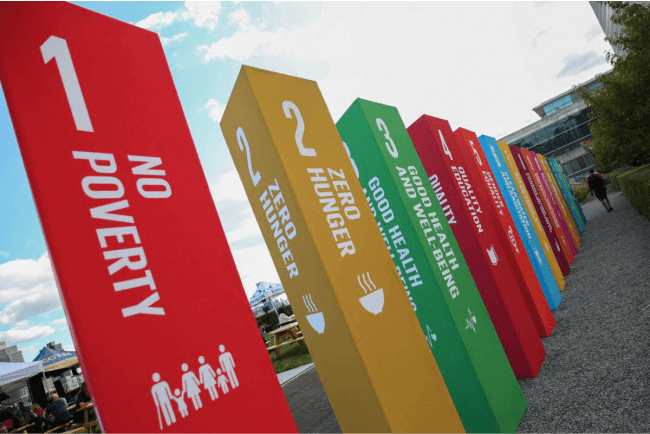
The objectives are organized as follows: "Outcome targets" are denoted by numbers, while "means of implementation targets" are denoted by lowercase letters. SDG 6 comprises a total of 8 goals, for instance. Targets 6.1 to 6.6 are the names of the first six result targets. The last two objectives, designated as Targets 6. a and 6. b, are "means of implementation targets." Based on the amount of methodological advancement and the accessibility of data at the global level, the indicators were divided into three categories. Tier 1 and Tier 2 indicators are conceptually simple, have a globally accepted methodology, and have data consistently generated by at least some nations. Tier 3 indicators lacked any internationally recognized criteria or methodology. Tier 3 indicators were either dropped, changed, or improved in the global indicator system. On July 17, 2020, there were 231 distinct indications. Listing Of 17 Goals with Their Targets and IndicatorsGoal 1: No PovertyThe main objective of this SDG is to bring an end to poverty in all forms it is present in society. The target is to bring down poverty completely by 2030. According to research released in September 2020, the COVID-19 epidemic caused poverty, which had been slowly declining for the previous 20 years, to rise by 7% in just a few short months. 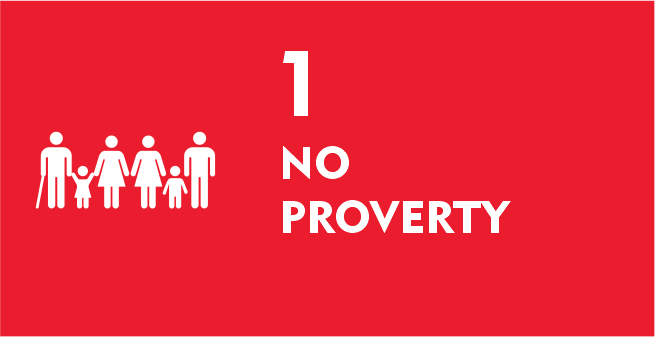
Thirteen indicators are used to track progress toward the goal's seven targets. The five "outcome targets" are: eliminating extreme poverty, halving the rate of poverty overall; putting social protection systems in place; guaranteeing equal access to the property, essential services, technology, and financial resources; and enhancing resilience to natural, man-made, and interpersonal disasters. Mobilizing resources to eliminate poverty and creating frameworks for policy on eradicating poverty at all levels are the two aims related to the "means of achieving" SDG 1. Despite steady improvements, 10% of the world's population still struggles to achieve necessities, including health, education, and access to clean water and sanitary facilities. Extreme poverty is still rife in low-income nations, particularly those plagued by conflict and political unrest. Sub-Saharan Africa was home to more than half of the world's 736 million extremely poor people in 2015. By 2030, there will be a major increase in extreme poverty if a social policy is not significantly changed. 17.2 per cent of rural residents live in poverty, compared to 5.3 per cent of urban dwellers (2016). The majority are kids. Goal 2: Zero Hunger (No Hunger)Ending hunger, achieving food security, enhancing nutrition, and promoting sustainable agriculture are the goals of DG 2. One in nine individuals worldwide, the vast majority of whom reside in poor nations, are undernourished. Fifty-two million children worldwide suffer from severe wasting due to undernutrition. It causes 3.1 million child fatalities annually or nearly half (45%) of all deaths in children under the age of five. 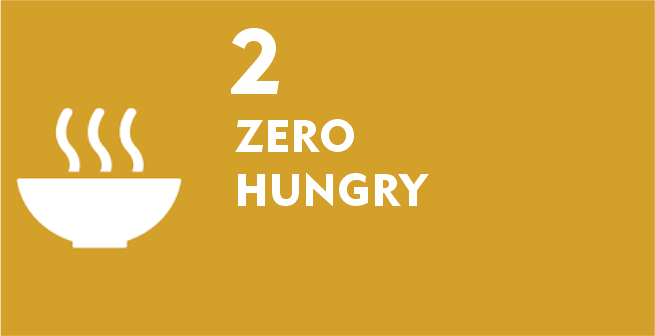
Eight goals and fourteen indicators are included in SDG 2 to track progress. The five main objectives under this goal are:
These are the three "ways of achieving" the goals: resolving trade barriers, market distortions, and derivatives in global food and agricultural markets. Goal 3: Good Health and Well-Being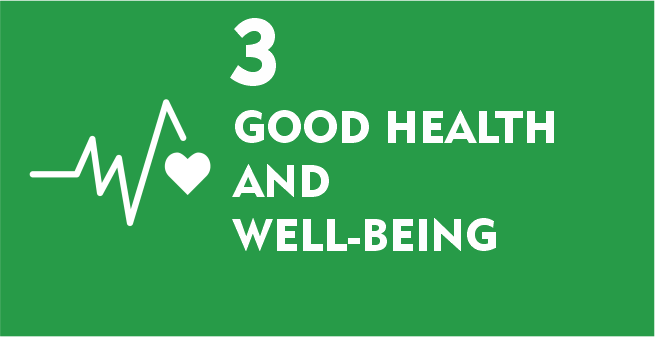
"Ensure healthy lives and promote well-being for all at all ages" is the goal of SDG 3. Life expectancy has increased significantly, and some of the common causes of infant and maternal death have been reduced. The global under-five mortality rate fell by 47% between 2000 and 2016. (from 78 deaths per 1,000 live births to 41 deaths per 1,000 live births). Even yet, there were 5.6 million children under the age of five who passed away in 2016. Recent studies have shown that almost all African countries have shown considerable improvement in the health and well-being of children under five years. A 2018 study has concluded that if the results are consistent, there is a high possibility that the world will witness the end of malnutrition by 2030. SDG 3 comprises 28 indicators and 13 targets for tracking progress. "Outcome targets" are the first nine targets. Reducing maternal mortality is one of them, along with eliminating all preventable infant deaths, combating communicable diseases, ensuring a decline in non-communicable disease mortality, promoting mental health, preventing and treating substance abuse, reducing traffic fatalities and injuries, ensuring universal access to family planning services, achieving universal health coverage, and reducing illnesses and deaths from toxic substances and pollution. Implementing the WHO Framework Convention on Tobacco Control, promoting research, development, and equitable access to inexpensive vaccines and medications, increasing health financing, and supporting the health workforce in developing nations are the four "means to accomplish" SDG 3 targets. Goal 5: Gender Equality
SDG 5 states that all women and girls should be empowered. In single or lower houses of the national parliament, women made up 25% of the membership in 2020, up from 22% in 2015. Various studies have found that across 133 countries, women have better political positions at the national and local levels. It is found that women in local deliberative organizations hold approximately 36% of elected seats. FGM/C involves cutting or mutilating the female genitalia, is damaging and still affects at least 200 million girls and women worldwide. Countries have committed to accelerating progress for those who are the most behind initially under the "Leave No One Behind" pledge. SDG 5 aspires to provide women and girls with equal rights, opportunity to live freely, and freedom from all forms of abuse and discrimination, especially in the workplace. The main objective is to empower all women and girls worldwide to achieve gender equality globally. Goal 6: Clean Water and Sanitation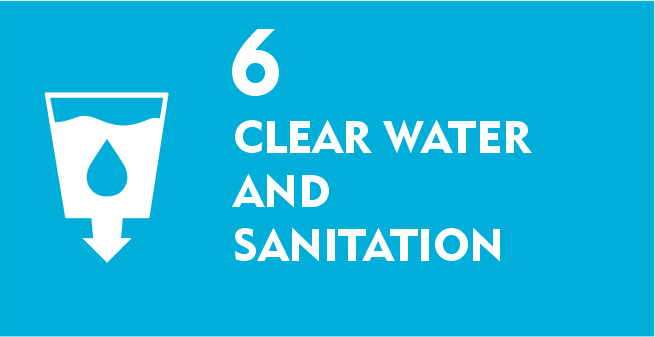
The availability and management of clean water is the objective under SDG 6. The SDG contain a total of eight objectives which are monitored by eleven indicators. According to the Joint Monitoring Programme (JMP) of the World Health Organization (WHO) and the United Nations International Children's Emergency Fund (UNICEF), 4.5 billion people worldwide do not currently have access to properly maintained sanitation. Likewise, just 71% of the world's population had access to securely regulated drinking water as of 2017, and 2.2 billion people still lacked such access. Goal 7: Affordable and Clean Energy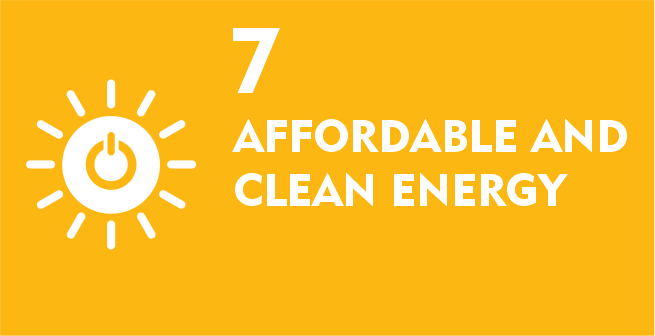
SDG 7 states, "Ensure that all people have access to sufficient, cheap, modern, and sustainable energy." Several nations, most notably India, Bangladesh, and Kenya, have made progress in increasing access to energy. From 1.2 billion people without access to power in 2010, only roughly 840 million were in 2017. In 2016, 17.5% of the world's total energy consumption was from renewable sources. The usage of renewables increased the fastest with regard to electricity out of the three end uses of renewables (heat, transport, and power). The average yearly investment between 2018 and 2030 will need to be $55 billion to boost energy access, $700 billion to increase renewable energy and $600 billion to increase energy efficiency. Goal 8: Decent Work and Economic Growth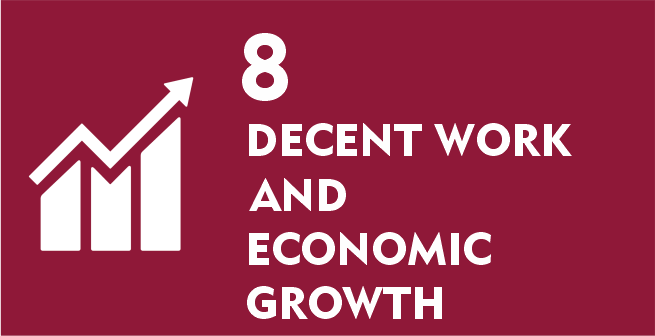
The objective of this goal is to promote more employment across the globe. This objective is defined to enhance the sustainable economic growth of countries. The least developed nations have had economic growth at an average annual rate of 4.3% during the last five years. The real GDP per capita increased by 2% globally in 2018. Additionally, the rate for least developed nations fell short of the SDG 8 target of 7% growth in 2018 and 2019 at 4.5% and 4.8%, respectively. The percentage of young people worldwide who were not in a job, education, or training in 2019 was 22%, which has hardly changed since 2005. Goal 9: Industry, Innovation, and Infrastructure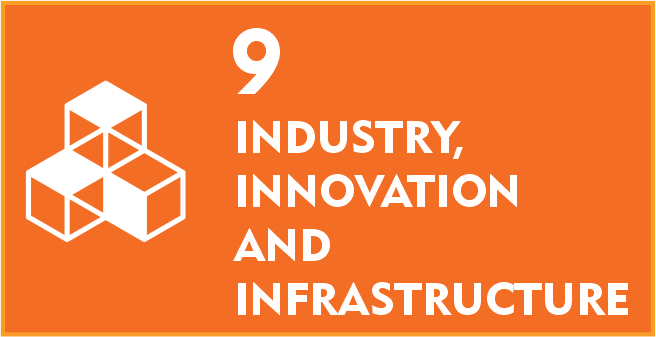
SDG 9 states that we must "encourage innovation, advance inclusive and sustainable industrialization, and build resilient infrastructure." 14% of all workers worldwide were involved in manufacturing in 2019. Since 2000, this percentage has hardly changed. Eastern and South-Eastern Asia had the highest percentage of manufacturing jobs, while sub-Saharan Africa had the lowest. Since 2000, the volume of global CO2 emissions has decreased by over a quarter, indicating a widespread decoupling of CO2 emissions from GDP development. Nearly everyone on Earth as of 2020 resides in a place where a mobile network is available. Due to cost, coverage, and other factors, millions of people still do not have access to the internet. Only 53% of people worldwide are thought to be internet users right now. Goal 10: Reduced Inequality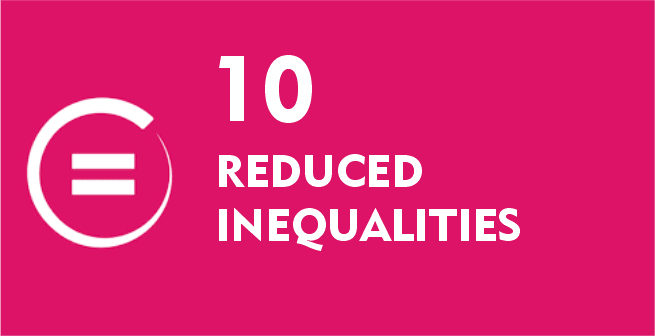
Reducing income disparity both within and between nations is SDG 10. The poorest 40% of the population's income increased in 73 nations between 2012 and 2017. The bottom 40% of the population in every country for which data are available got less than 25% of the total income or consumption. Discrimination affects women more frequently than it affects men. Three out of ten people with impairments reported having directly encountered discrimination; these percentages were even higher for disabled women. Not the handicap itself, but religion, ethnicity, and sex were the main grounds for prejudice identified by these women, highlighting the critical need for policies to address various intersecting discrimination types. 54% of people in 2019. Goal 11: Sustainable Cities and Communities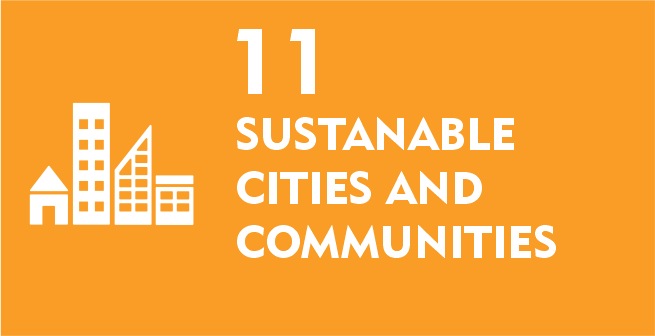
Making cities and human settlements inclusive, secure, resilient, and sustainable is the goal of SDG 11. In 2018, more than 1 billion slum residents or 24% of the urban population. Sub-Saharan Africa, Central and Southern Asia, and Eastern and South-Eastern Asia have the highest population in urban slums. In 2019, just 50 per cent of people residing in metropolitan areas had easy access to public transportation, which is defined as being 500 metres or less from a low-capacity system (like a bus stop) and one kilometre or less from a high-capacity system (such as a railway) Goal 12: Responsible Consumption and Production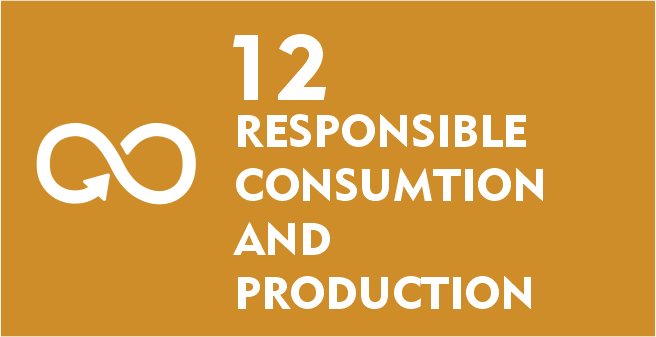
The objective is to maintain sustainable production and consumption trend across the globe. In order to bring SDG into the act, 79 countries, along with European Union, have adopted a one-nation policy in 2019. This was done in order to advance the "10-Year Framework of Programmes on Sustainable Consumption and Production Patterns." $400 billion was spent on fossil fuel subsidies worldwide in 2018. This was twice the projected amount of subsidies for renewable energy and is harmful to the effort to lower carbon dioxide emissions worldwide. Changes like lowering usage and boosting the circularity of the plastic economy are anticipated to be needed to make plastic products more durable and hence reduce plastic trash. Other measures that could assist in achieving the objective include increasing domestic recycling and reducing dependency on the international plastic trash trade. Goal 13: Climate Action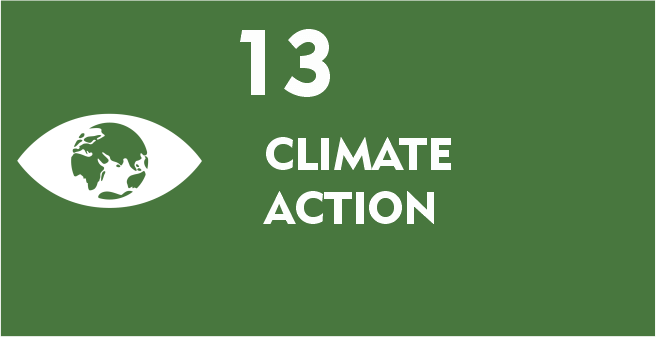
Take immediate action to mitigate climate change and its effects by limiting emissions and encouraging advancements in renewable energy sources, according to SDG 13. In order to secure the future of the Earth, it is essential to take proper steps toward the factors affecting the climate. To reduce the climate-associated risks and maintain the sustainability of food and water, it is necessary to accelerate climate actions along with addressing the underlying cause responsible for climate change and global warming. Goal 14: Life Below Water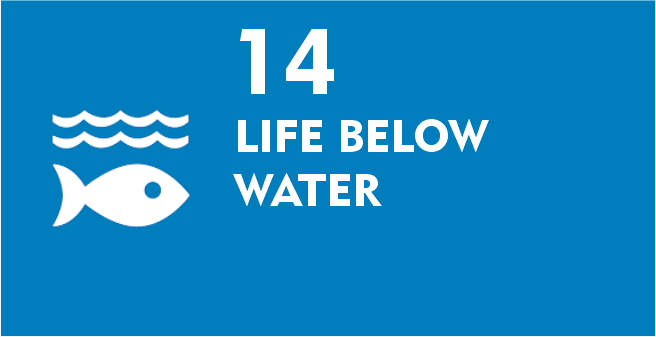
SDG 14 states that "oceans, seas, and marine resources will be conserved and sustainably used for sustainable development." The existing attempts to safeguard oceans, marine habitats, and small-scale fishermen fall short of what is required to safeguard the resources. Illegal fishing is one of the main causes of worldwide overfishing. It poses a risk to food security, regional stability, and marine ecosystems and is connected to serious human rights abuses and organized crime. Goal 15: Life on Land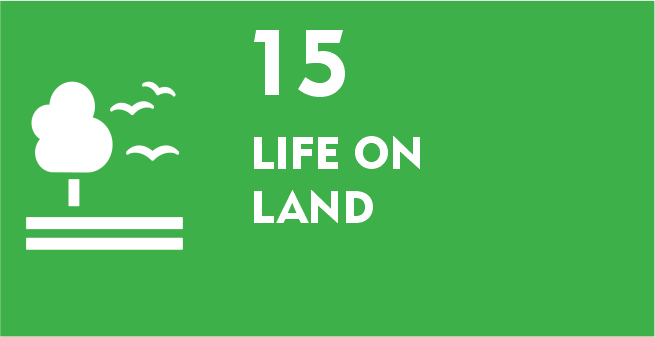
Protecting, restoring, and promoting sustainable use of terrestrial ecosystems, managing forests sustainably, preventing desertification, and halting biodiversity loss are all part of SDG 15. The percentage of forestland decreased from 31.9% of the world's land area in 2000 to 31.2% in 2020. This resulted in a net loss of approximately 100 million hectares (ha) of forestland. Due to deforestation for agriculture, the amount of forest in Latin America, sub-Saharan Africa, and South-East Asia has declined. One-quarter of the world's geographical area, 70% of its drylands, and one-sixth of its people are all impacted by desertification. Additionally, it causes a billion hectares of crops to deteriorate and the spread of poverty. Goal 16: Peace, Justice, and Strong Institutions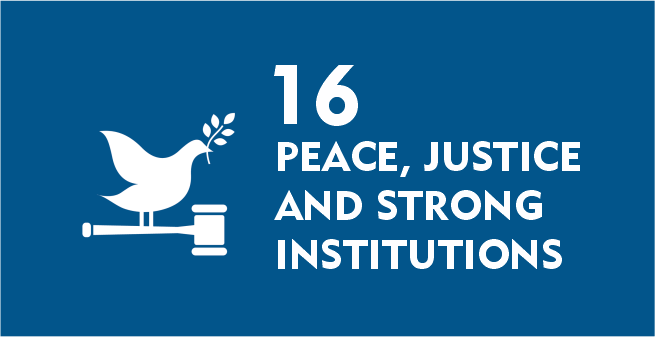
SDG 16 states that "peaceful and inclusive societies for sustainable development, access to justice for all, and the development of effective, responsible, and inclusive institutions at all levels" are to be promoted. Around 1 in 5 nations would need to speed up development in order to attain universal birth registration by 2030, as more than a quarter of children under the age of 5 were not registered globally as of 2015. According to data collected from 38 countries over the previous ten years, high-income nations have the lowest prevalence of corruption (an average of 3.7%), while lower-income nations have higher levels of corruption when using public services (22.3 per cent). Goal 17: Partnership for The Goals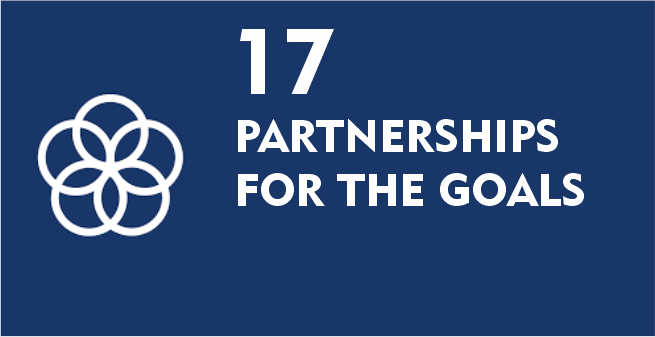
Strengthening the means of implementation and reviving the global collaboration for sustainable development are the goals of SDG 17. There are 24 indicators and 19 outcome targets for this goal. Each of the 16 earlier goals is thought to require greater international collaboration. Goal 17 is included to ensure that nations and organizations work together rather than against one another. The achievement of the SDGs as a whole is thought to depend on the creation of multi-stakeholder partnerships to share knowledge, skills, technology, and financial support. Enhancing North-South and South-South collaboration is one of the objectives, and public-private partnerships with civil societies are specially addressed.
Next TopicFull Form
|
 For Videos Join Our Youtube Channel: Join Now
For Videos Join Our Youtube Channel: Join Now
Feedback
- Send your Feedback to [email protected]
Help Others, Please Share










